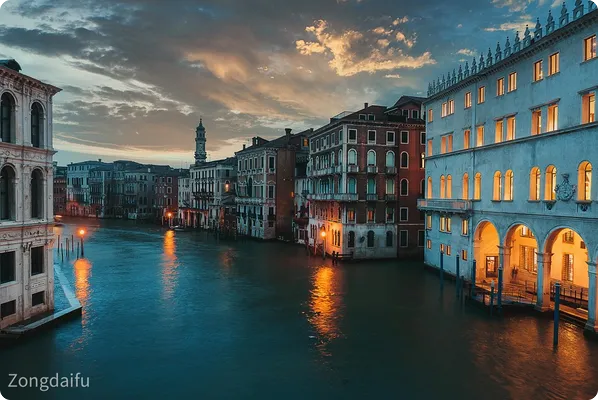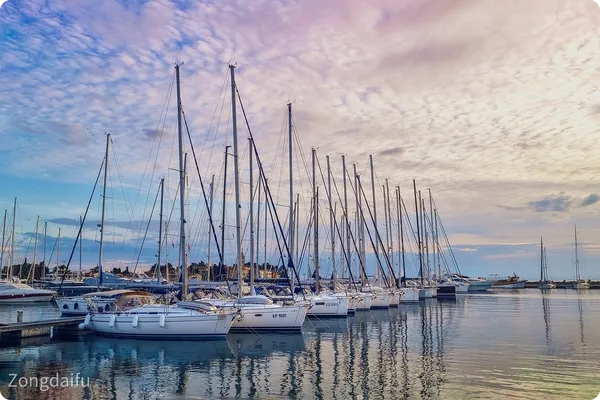With the deepening of globalization, China's lighting manufacturing industry has occupied an important position in the international market, especially the export volume to Europe has been increasing year by year. As one of the world's largest lighting markets, Europe has extremely strict requirements on product quality, safety and environmental protection.Export to EuropeThe specific processes and compliance requirements are expected to be helpful for relevant companies to explore the European market.

Export status
In recent years, China's lighting exports to Europe have shown a steady growth trend. According to Chinese customs data, China's total lighting product exports in 2022 exceeded US$50 billion, of which the European market accounted for about 30%. High-tech products such as LED lamps and smart lighting systems have become the main export products and are widely welcomed by European consumers.
However, as the European market continues to raise its requirements for product quality and environmental protection, Chinese lighting exporters are also facing many challenges. For example, the EU's constantly updated and upgraded regulations and standards require exporters to keep up with policy changes and ensure that their products meet the latest technical requirements.
Specific procedures for exporting to Europe
Market research and product positioning
Before exporting, companies first need to conduct in-depth research on the European market to understand local consumer needs, competitors’ situations, and market trends. Based on the research results, they can determine the product positioning and target market.
Product Design and Development
Product design and development are carried out according to the needs of the European market. It should be noted that the European market has high requirements for the appearance design, functionality and energy saving of lighting devices, so these factors must be fully considered in the design stage.
Regulatory and certification preparation
The European market has strict regulations and certification requirements for lighting devices, and companies need to understand and prepare relevant materials in advance. Common certifications include CE certification, RoHS certification, etc. (see below for details).
Production and quality control
During the production process, enterprises need to strictly follow European standards for quality control to ensure that products comply with relevant regulations and certification requirements. At the same time, a complete quality management system is established to ensure the consistency and stability of products.
Logistics and Transportation
Choose the right logistics method to ensure that the product can be safely and promptly delivered to the European market. It should be noted that Europe has strict environmental requirements for packaging materials, and companies must follow relevant regulations when designing packaging.
Customs clearance and sales
After the products arrive in Europe, they need to go through customs clearance procedures. The company needs to provide complete customs declaration documents, including invoices, packing lists, certificates of origin, etc. After customs clearance is completed, the products can enter the European market for sale.

Regulations and certification standards
CE certification
CE certification is a mandatory certification for lighting devices to enter the European market, indicating that the product meets the EU's safety, health and environmental protection requirements. Enterprises need to be tested and evaluated by a third-party certification body and obtain the CE mark before they can be sold in the European market.
RoHS certification
RoHS certification (Restriction of Hazardous Substances Directive) requires that lighting devices must not contain hazardous substances such as lead, mercury, and cadmium. Companies are required to provide material declarations and test reports for their products to prove that they comply with RoHS requirements.
ERP instructions
The ERP Directive (Energy-Related Products Directive) requires that lighting fixtures must comply with energy efficiency standards and have their energy efficiency ratings marked on the product. Companies are required to conduct energy efficiency tests and clearly mark energy efficiency information on product packaging and instructions.
ENEC Certification
ENEC certification is a voluntary certification for European lighting products, indicating that the product complies with European standards. Although it is not a mandatory requirement, obtaining ENEC certification can enhance the market competitiveness of products.
REACH Regulation
REACH requires companies to register, evaluate and authorize chemical substances used in their products. Materials used in lighting devices must comply with REACH requirements, and companies must provide safety data sheets (SDS) for relevant materials.

Packaging and labeling requirements
Environmental protection requirements for packaging materials
The European market has strict requirements on the environmental friendliness of packaging materials. Companies must use recyclable or degradable packaging materials and avoid using environmentally unfriendly materials such as disposable plastics.
Product Identification
The lighting device must be clearly marked with the CE mark, energy efficiency level, voltage range and other information. In addition, basic information such as product name, model, manufacturer, and production date must also be marked on the packaging.
Instruction Manual Requirements
The product manual must use the official language of the target market (such as English, German, French, etc.), and the content should include product installation instructions, operating instructions, maintenance methods, safety precautions, etc.
Warning signs
For products with potential dangers (such as high-voltage lamps), obvious warning signs must be marked on the packaging and products to remind users to pay attention to safety.
Conclusion
The export of Chinese lighting devices to the European market has broad prospects, but it also faces strict regulations and certification requirements. Enterprises need to strictly control every link from product design, production, certification to logistics to ensure that the products meet the standards of the European market. At the same time, they need to keep up with policy changes and adjust production and export strategies in a timely manner to remain invincible in the fiercely competitive European market.
Finally, if you need further support in import and export trade, please contact Zongdaifu!Export agentWith 15 years of business experience, we are committed to providing customers with full-process agency services for import and export goods, and escorting your export business!


 Follow customer service WeChat
Follow customer service WeChat